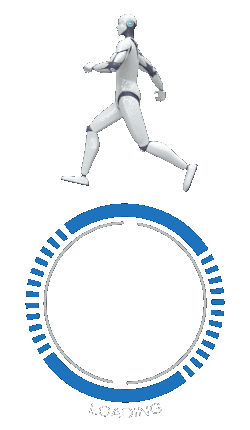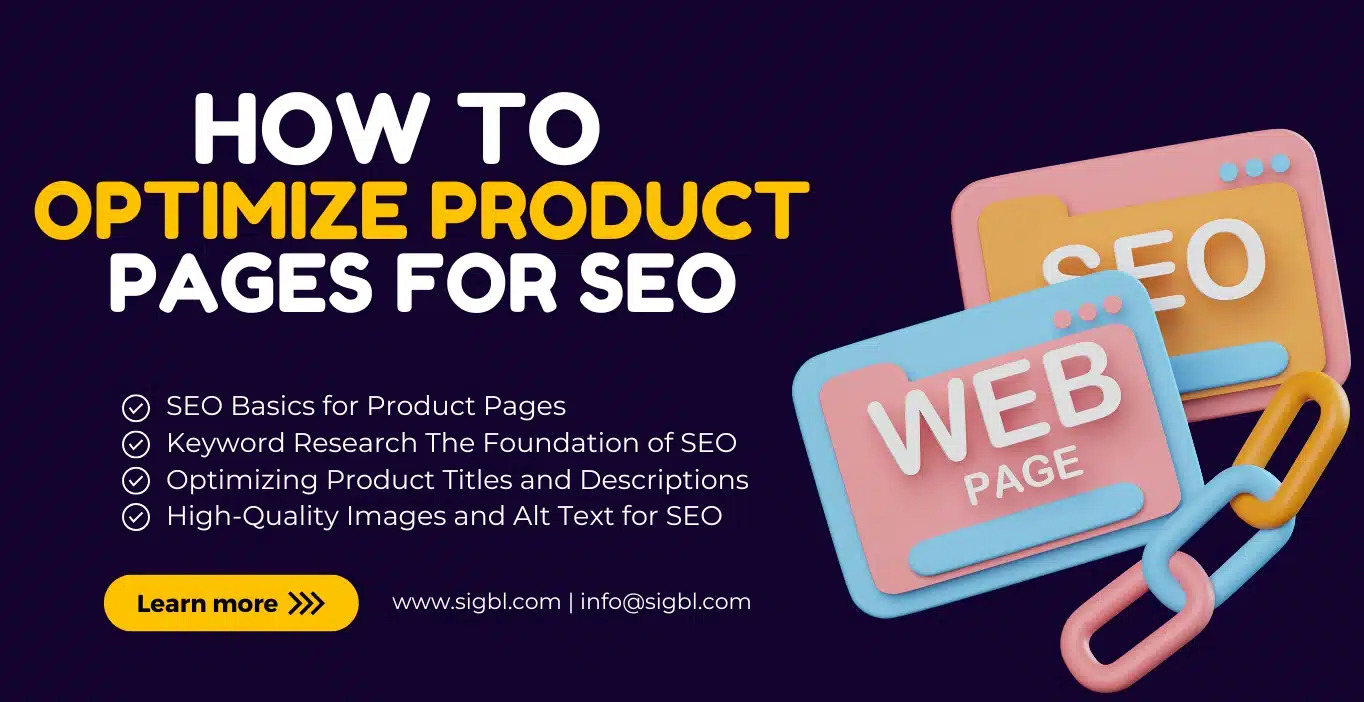E-commerce thrives on visibility, and product pages are at the heart of this visibility. For online store owners, digital marketers, and SEO professionals, well-optimized product pages are the difference between landing in the top search results or being lost in the vast sea of competitors.
This guide will take you through actionable strategies to ensure your product pages are fully optimized for SEO, helping you attract more visitors, boost conversions, and stay ahead of the competition.
If you’re new to SEO, check out our post What is SEO? Why is SEO important? to understand the fundamentals before jumping into product page optimization.
Understand the SEO Basics for Product Pages
First, let’s clarify what product page SEO actually means. It’s improving product-specific web pages so they rank higher in search engine results, drive traffic, and boost sales. Unlike general website SEO, product page SEO focuses more on user intent and specifics like product details, descriptions, and relevant keywords.
Why Are Product Pages Critical for SEO?
Product pages often determine whether a site visitor becomes a paying customer. They serve as conversion hubs, meaning how they’re optimized directly impacts your bottom line. By applying SEO techniques such as keyword research, streamlined UX, and proper schema markup, you create a seamless experience for users and search engines.
Don’t worry if this feels overwhelming—this guide breaks it down into manageable steps.
Keyword Research: The Foundation of SEO
Effective keyword research is non-negotiable. Keywords are the bridge connecting what your customers are searching for and the products you offer.
How to Choose the Right Keywords for Product Pages
Product-Specific Keywords
Make your keywords highly relevant to the exact product you’re selling. For instance, instead of just “coffee maker,” aim for “stainless steel drip coffee maker with timer.”
Long-Tail vs. Short-Tail Keywords
Long-tail keywords (“ergonomic office chair with lumbar support”) typically have lower competition and higher intent to purchase. These should be your focus for product pages, as they attract buyers ready to act.
Looking for more ways keywords can drive traffic? Read this section on the benefits of SEO for deeper insights.
Optimizing Product Titles and Descriptions
The titles and descriptions on your product pages can make or break your SEO efforts—they’re prime real estate for keywords and essential for user interest.
Crafting SEO-Friendly Product Titles
- Include primary keywords naturally and upfront.
- Be clear and specific; avoid jargon or overly creative phrases that customers won’t search for.
- Example of an optimized title: “Wireless Noise-Canceling Over-Ear Headphones – Bluetooth, 30-Hour Battery Life.
Writing Product Descriptions that Convert
Use descriptions to highlight the unique benefits of your products while integrating relevant keywords.
- Example for a coffee mug description:
“This large, 16-oz ceramic coffee mug keeps beverages hot for hours. Featuring an ergonomic handle and dishwasher-safe design, it pairs durability with function.”
Tailor descriptions to clarity and readability—just as you would when applying content optimization for SEO.
High-Quality Images and Alt Text for SEO
Images play a vital role in capturing your audience’s attention, but their optimization matters for search engine visibility too.
- Compress File Sizes
Large image files slow down page load times, negatively affecting user experience and SEO rankings. Use tools like TinyPNG or ImageOptim to compress images.
- Use Descriptive Alt Text
Alt text should briefly describe the image content while incorporating keywords where relevant. For example, “stainless steel drip coffee maker with timer displayed on white countertop.”
Learn more about on-page optimization, including media tips, in this post on How to Learn SEO.
User Experience (UX) and Mobile Optimization
Google prioritizes websites that provide exceptional user experiences—and this applies directly to your product pages.
Key UX Factors That Enhance SEO
- Mobile-Friendly Design
With over half of web traffic coming from mobile devices, ensure your product pages look great and function seamlessly on smartphones.
- Easy Navigation
Make product details, related items, and “Add to Cart” buttons accessible within a few clicks.
Don’t underestimate how SEO can improve user experience. We highlight this connection in What is SEO.
Implement Structured Data for Rich Snippets
Ever noticed detailed search results with star ratings, prices, and stock levels? These are made possible by structured data. By implementing schema markup, you can enhance your product pages’ performance on search engine results pages (SERPs).
Essential Structured Data for Product Pages
- Product Name
- Price
- Availability
- Aggregate Reviews
Rich snippets increase your page’s click-through rate, helping you stand out from competitors.
Internal Linking and SEO for Product Pages
Internal linking isn’t just for blog posts—it’s an essential SEO tactic for e-commerce stores.
- Link Related Products
If a user is viewing a “men’s waterproof hiking jacket,” link similar products like hiking pants or backpacks to encourage exploration.
- Tie in Blog Content
Link product pages to relevant blog posts or informational guides. For instance, a product page for a coffee maker could link to a blog article on “5 Tips for Brewing the Perfect Cup.”
For more internal linking strategies, revisit our post on How to Learn SEO.
Reviews and User-Generated Content
Customer reviews don’t just influence buying decisions—they also help SEO by providing fresh, user-generated content. Google loves this because it signals relevance and credibility.
Pro Tip:
Encourage user-generated photos and reviews in exchange for loyalty points or discounts. These add an authentic, visual element to your product pages.
Technical SEO for Product Pages
Lastly, don’t overlook the technical aspect of SEO. The backend of your product pages is as important as the content.
Key Technical SEO Steps
- Optimize URLs for clarity and keywords (e.g., “/stainless-steel-drip-coffee-maker”).
- Implement canonical tags to avoid duplicate content issues.
- Regularly update your XML sitemap to reflect new or changed product pages.
Want to understand technical SEO better? Read the section on technical SEO in our earlier guide.
Drive Traffic and Conversions with Optimized Product Pages
Optimizing your product pages for SEO is one of the most impactful ways to boost e-commerce performance. By focusing on keywords, high-quality content, UX, and technical excellence, you’ll create pages that both rank and convert.
Need help leveling up your SEO strategy? Our team is here to guide you from start to finish. Reach out today for personalized SEO support!


